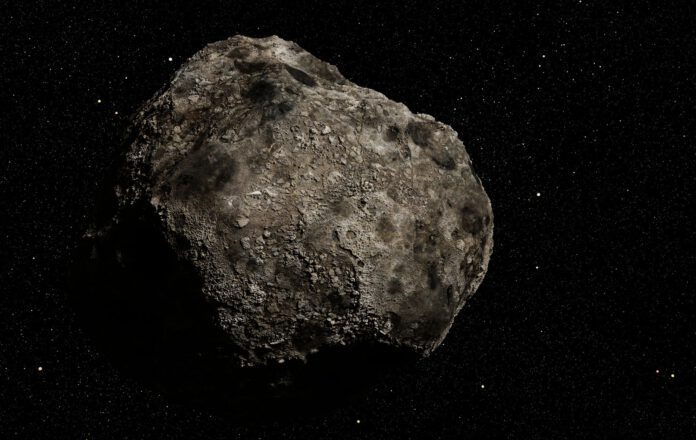
The space rock, estimated to be between 2.3 to 5 meters in width, passed by Earth at a little more than 12,000 kilometers. This means that the stone ventured 31 times closer to Earth than the moon.
The Close Encounter with Space Stone 2024 GJ2
The space stone – designated 2024 GJ2 – whooshed past our planet yesterday evening. At its closest point to Earth, the distance between the 2024 GJ2 and our planet was only 12,298 kilometers.
Discovery of 2024 GJ2
The close flyby of the 2024 GJ2 was somewhat of a surprise. The stone was first seen by Pan-STARRS 2 just two days beforehand – Tuesday, April 9. Pan-STARRS 2 is one of two telescopes in Hawaii specifically designed to detect and observe Earth-approaching objects. An asteroid – or comet – is classified as an Earth-approaching object when it crosses or comes very close to Earth’s path, which, of course, includes the 2024 GJ2 that comes much closer than our moon which is only 384,000 kilometers away.
No Risk Involved
Pan-STARRS scans the skies with the goal of mapping the trajectories of 90 percent of all Earth-approaching objects with diameters of more than 140 meters. Space rocks of such size could potentially pose a significant threat to Earth. However, in its search for these ‘big boys,’ Pan-STARRS sometimes comes across smaller Earth-approaching objects, like 2024 GJ2. These space rocks do not really pose a threat to our planet. For example, even if 2024 GJ2 – with an estimated size of between 2.3 to 5 meters – were on a collision course with Earth, it would completely burn up in the atmosphere and never reach the Earth’s surface.
We thus have no reason to lose sleep over 2024 GJ2. This space rock won’t be visiting us again anytime soon. The next time it will pass by Earth is projected to be on December 11, 2048.











